When it comes to weeds, most gardeners will do just about anything they can to get rid of them.
Not only do weeds compete with your cultivated plants for light, water, and nutrients, but they can also just be downright unpleasant to look at.However, there are many weeds that not only provide various benefits to the soil but are actually edible, too. Here are 50 weeds you can actually eat - and will enjoy eating, too.
1. Nettles
Nettles not only taste great, but they’re filled with vitamins and minerals, too. These weeds can easily be thrown into a traditional soup or stir fry, but they can also be blanched and eaten steamed, too. Just wear gloves when you pull them - theycan stab you with their sharp barbs (these will soften when you cook the plants).
2. Dandelions
The dandelion is the quintessential edible garden weed. Yet millions of gardeners spend hundreds of dollars on chemicals each year to get rid of them.Don’t be one of these people! Instead, clip the dandelions that you find growing in your yard and use them in salads, pesto, or tea. They are nutritionally dense and will fill you up fast. Check out some awesome uses for dandelions.
3. Purslane
Purslane is another common garden weed that is nonetheless quite delicious. This water-heavy food will fill you up fast and refresh you on a hot summer’s day. It can be used as a substitute for spinach and other leafy greens. Here's a good recipe you should definitely try if you have any in your garden.4. Wild Brassica
Wild brassica comes from the same plant family as broccoli, kale, and cauliflower. Like the other members of the family, it is a great source of vitamins A and C. Spring is the best time to harvest brassica, which tastes great cooked or raw.5. Nasturtiums
Nasturtiums offer a mixed bag. Some gardeners view them as weeds, while others grow them deliberately in the garden. The flowers, seed pods, and leaves are all edible. They’re pretty, too, so they make great garnishes for your favorite entree or salad.6. Wild Fennel
Wild fennel looks just like its cultivated cousin, fennel, and is often seen growing by the side of the road. You shouldn’t harvest wild fennel from roadways, though, as it can be contaminated with pollutants from passing cars.However, at more than two meters tall, wild fennel produces delicious seeds, greens, and stalks, all of which can be cooked and eaten in the same way you might eat regular store-bought fennel.
7. Wood Sorrel
Wood sorrel is a herbaceous ground cover that’s frequently mistaken for clover. It produces leaves in a heart-shape, however, while clover produces leaves shaped like tears.This delicate weed has a citrus-like flavor that can be somewhat sour. It’s commonly used as a garnish. Be careful about eating too much of it at once, though - it has a lot of oxalic acids, which can cause kidney stones when eaten in excess.
8. Clover
Clover has a bit of a sour taste, but otherwise can be used in place of lettuce or other greens. In fact, clover is the perfect addition to a sandwich!9. Sheep Sorrel
Sheep sorrel is similar to wood sorrel in its citrusy flavors, but it is very easy to tell the two plants apart. Sheep sorrel has leaves with a defined rounded tip and dog-like ears at the base. They have a somewhat waxy feel, too.10. Daisies
Lots of people leave daisies growing wild around their properties, even though these flowers are technically weeds. They have a beauty that cannot be denied. Because of this, daisies make great garnishes. You can also eat them in salads, where their texture is a bit unusual, but tasty nonetheless.11. Wild Blackberries and Raspberries
If you live in a wooded area, you may find wild raspberries and blackberries growing on your property from time to time. Just like the formal, garden-cultivated varieties, both wild blackberries and wild raspberries taste delicious. Of course, you'll want to go mainly for the fruits of these plants.However, if you’re interested in a delicious, nutritionally-dense tea, you can also make a raspberry leaf tea that varies in taste depending on how long you ferment the leaves.
12. Sorrel
Sorrel looks a bit like Swiss chard and can be eaten in place of this common garden vegetable. You can save it for a garden salad or use it in a stir-fry. It has a crisp, lemony taste.13. Mallow
There are many different types of mallow, which is a genus of plants in the malwa family. You can use any kind of mallow in the kitchen. The leaves are best consumed like spinach but you can also eat them as salad greens.14. Burdock
Burdock is another plant that can be harvested and used in the kitchen. In fact, many people use burdock stalks in place of artichoke hearts. All you have to do is use the cooked roots in casseroles and soups. They are best harvested sometime between spring and fall.15. Chicory
Chicory is best harvested sometime between the spring and early fall - but the sooner you can harvest the blossoms, the better. They will be more tender the younger they are. You can use chicory in the same way you might use dandelions.16. Japanese Knotweed
Japanese knotweed is viewed by many as a highly annoying invasive weed. The best way to get rid of it is to harvest it for use in your kitchen! This plant can be harvested in the early spring, before it gets too woody. It is best used in place of rhubarb and can be steamed or added to a soup or jam.17. Cattails
Cattails can also be harvested in the late spring. These “weeds” grow best in wet, somewhat swampy areas. You can eat the peeled shoots raw or in salads. They can also be added to stir-fries. The flowerheads can even be eaten like corn!18. Lamb’s Quarters
Lamb’s quarters is another weed that can be harvested and used in your cooking. Although it tastes best in a salad, it can also be sauteed and served in place of spinach. Harvest it in the mid-spring for the best textures and flavors.19. Plantain
Plantain is another plant that can be harvested and used in a salad. Older leaves can be sauteed, as this will soften them a bit. You can also eat the seeds from tender plants.20. Chickweed
Chickweed is another great salad choice. It can be eaten fresh or cooked. Every part of the plant is edible, including the flowers, stems, leaves, and seeds. Check out this chickweed pesto, if you have any in your garden.21. Wild Violet
Wild violet is edible in all its forms - both the flowers and leaves can be eaten. They’re best used in salads, but because of the flowers’ vibrant purple colors, they can also be used as garnishes or decorations on baked goods.22. Curly Dock
Curly dock is closely related to French sorrel. It has a tangy flavor and produces leaves much larger than those of sheep sorrel. The plant has somewhat tougher foliage, so you’ll want to use younger leaves, primarily when cooked and not raw.23. Garlic Mustard
Garlic mustard is closely related to mustard greens but tastes, as you might guess, just like garlic! It’s best used when harvested young, which is when the leaves are the most tender and flavorful. However, you can also harvest the flowers, too.24. Wild Amaranth
Also known as pigweed, wild amaranth produces highly flavorful leaves. You can add these leaves to any dish that calls for leafy greens - the older ones can also be used like spinach. Gather and cook the seeds of wild amaranth like you would store-bought amaranth, where they are a good source of free protein, too. Check out my favorite wild amaranth recipe.25. Cleavers
Also known as bedstraw, cleavers is a plant that can be used to fill gardening beds and is also used in the kitchen. In fact, it can be used as a rennet, to coagulate cheese, and the seeds can be roasted and used as coffee. It also has several medicinal purposes.26. Jewelweed
Jewelweed serves as one of the best natural remedies for poison ivy rashes and bug bites. It’s a handy plant to have stocked in the medicine cabinet, but it also can be used in the kitchen. The seed pods taste a lot like walnuts.27. Milkweed
You need to be careful about milkweed, as some species are toxic. Common milkweed is the best option, but the plant does have some toxic look-alikes (such as dogbane) so make sure you’re up to date on your identification skills! Every stage of this plants’ growth is edible, from the young shoots to the mature seed pods. It tastes not unlike asparagus.28. Queen Anne’s Lace
Queen Anne’s Lace is also referred to as wild carrot. This plant tastes pretty similar, with both the greens and flowers being edible for dishes like carrot top pesto. The key to using Queen Anne’s Lace is being vigilant about identification - like milkweed, it has some toxic lookalikes. Water hemlock is deadly, so make sure you know the difference before you decide to harvest!29. Pineapple Weed
Pineapple weed is also known as wild chamomile. This fun edible weed grows just about everywhere and prefers hot, sandy soil. It can be used just like chamomile and is often made into tea. It’s also a great addition to wildflower jam.30. Quickweed
Quickweed is native to South America but is now found growing just about everywhere in the world. It tends to pop up in gardens later in the summer but then grows quite quickly. It’s a hardworking green that tastes great as a substitute for spinach.31. Thistles
Thistles aren’t exactly fun to pull out of your garden - particularly if you are weeding with bare hands. However, once you find a few, feel free to save them. The stalks taste great when eaten like celery and you can cook the roots like any other root vegetable.32. Sourgrass
Frequently referred to as yellow woodsorrel, this perennial plant is native to North America. Despite the name, it’s actually not a grass at all. However, you’ll find it in most backyards. It has a lemony flavor, making it a good choice for seafood.33. Sumac
Frequently referred to as the “weed tree,” sumac can be found growing all across Canada and the United States. It is not the whole plant that is edible, but instead just the red fruit clusters of the short, sapling-like tree. Use the fruit to make an antioxidant-rich tea - you’ll love the rich flavor.34. Galinsoga
Native to Central America, galinsoga is a member of the sunflower family. It’s a sought-after gourmet food that is often seen in large fields. Just harvest the tips and use them in salads or stir fries.35. Heartsease
Also known as johnny jump-up, this plant produces flowers that multiply freely in a garden. They are self-sowing. The blossoms are edible and look great as garnishes as well as eaten fresh in salads. The leaves can be used to help set jams and pies, too.36. Prickly Pear
The prickly pear cactus, viewed as a weed in some warmer climates, can be eaten when the pads are young and small. Just remove these kin, dice, and toss with salads. You’ll love the lemony bite!37. Kudzu
Kudzu is an invasive vine that is seen in many gardens in the American South. You can steam and boil the roots until they are tender, then serve with soy sauce for a classic Asian dish. You can eat the pickled flowers of this plant, too.38. Creeping Charlie
Creeping Charlie is another evening plant that can be eaten in a variety of dishes. This we did as a member of the mint family, which is why it spreads in such an invasive fashion. Eat the leaves raw on sandwiches or in salads, or cook it like spinach and throw it in an omelet!39. American Cress
American cress, also known as land cress or winter cress, is similar to watercress. It is an edible weed that can substitute for watercress or spinach. Its leaves have a peppery taste when they are raw but become sweet and mild after being cooked.40. Wild Garlic
Wild garlic is common in warm-season lawns that have gone dormant. This plant is bright green and can be harvested and used just like chives or onions.41. Borage
Borage is one of the most common plants you can grow if you want to attract pollinators. As an annual, it is self-seeding, so you’ll likely find that it returns to your garden year after year. Interestingly, borage tastes a lot like cucumbers.For best results, you’ll want a droopy plant that has tiny star-shaped flowers. You can use the leaves and flowers in salads, soups, desserts, and cocktails.
42. Shepherd’s Purse
Shepherd's purse is a brassica that tastes a bit like mustard greens or radish. It can be used when the leaves are young, either cooked or raw. Many people use it as a substitute for cabbage.43. Yarrow
Yarrow is a gorgeous ornamental plant that spreads liberally, leading many people to view it as a weed. It has a flavor not unlike that of anise. It produces lovely yellow and white flowers, but the leaves are what you should be after. They can be eaten either raw or cooked.44. Claytonia
Claytonia is an edible weed that’s loaded with vitamins and minerals. It is often referred to as miner’s lettuce, since miners used to eat it raw to ward off scurvy. It has a citrusy aroma and can be eaten raw or steamed.45. Bittercress
Bittercress grows in a dense mat and is known to invade lawns - it’s one of the most hated nemeses of gardeners all over the country! Any part of the plant that grows above the ground is edible, although the flowers can be somewhat bitter.46. Valerian
Valerian is a weed that is prized for its medicinal benefits. It can be eaten raw or brewed into tea. The root is best for tea, while the seeds and leaves are best consumed raw. Whatever you do, don’t use it dried - it tastes terrible.47. Mullein
Mullein is a fast-growing plant that is pretty easy to detect. It produces large leaves that grow up a tall stalk loaded with yellow flowers. Both the flowers and leaves of this plant can be eaten raw or in tea. Just be careful, as the hairs on the plant can irritate some people’s skin.48. Horsetail
Horsetail was once used as a medicinal treatment for a variety of ailments, including arthritis. Although the leaves taste like plain grass, you’ll find that, when made into a tea, it tastes a lot like your favorite black tea.49. Lady’s Thumb
This proper-sound plant is a weed that is closely related to buckwheat. It has a peppery flavor that makes it delicious in a salad. You can eat the flowers, shoots, leaves, and seeds of this plant.50. Onion Weed
Onion weed smells much like onion and can be eaten raw. The leaves will have a delicious crunch and can be used in salads or as snacks.How to Use Weeds in Your Cooking
When you’re harvesting weeds, make sure you only harvest weeds that you can positively identify. You want to make sure you are only harvesting edible weeds, as some weeds are potentially toxic.
Try not to pick weeds that are close to roadways, as these have often absorbed pollutants and other types of runoff from passing cars.
You should also avoid harvesting weeds from areas that have been treated with herbicides or pesticides.
Otherwise, harvesting weeds is a great way to add nutrients, flavors, and new textures to your diet. Consider harvesting - instead of mowing! - these 50 common weeds and you’ll open yourself up to a whole new world of culinary possibilities.

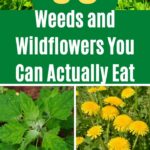
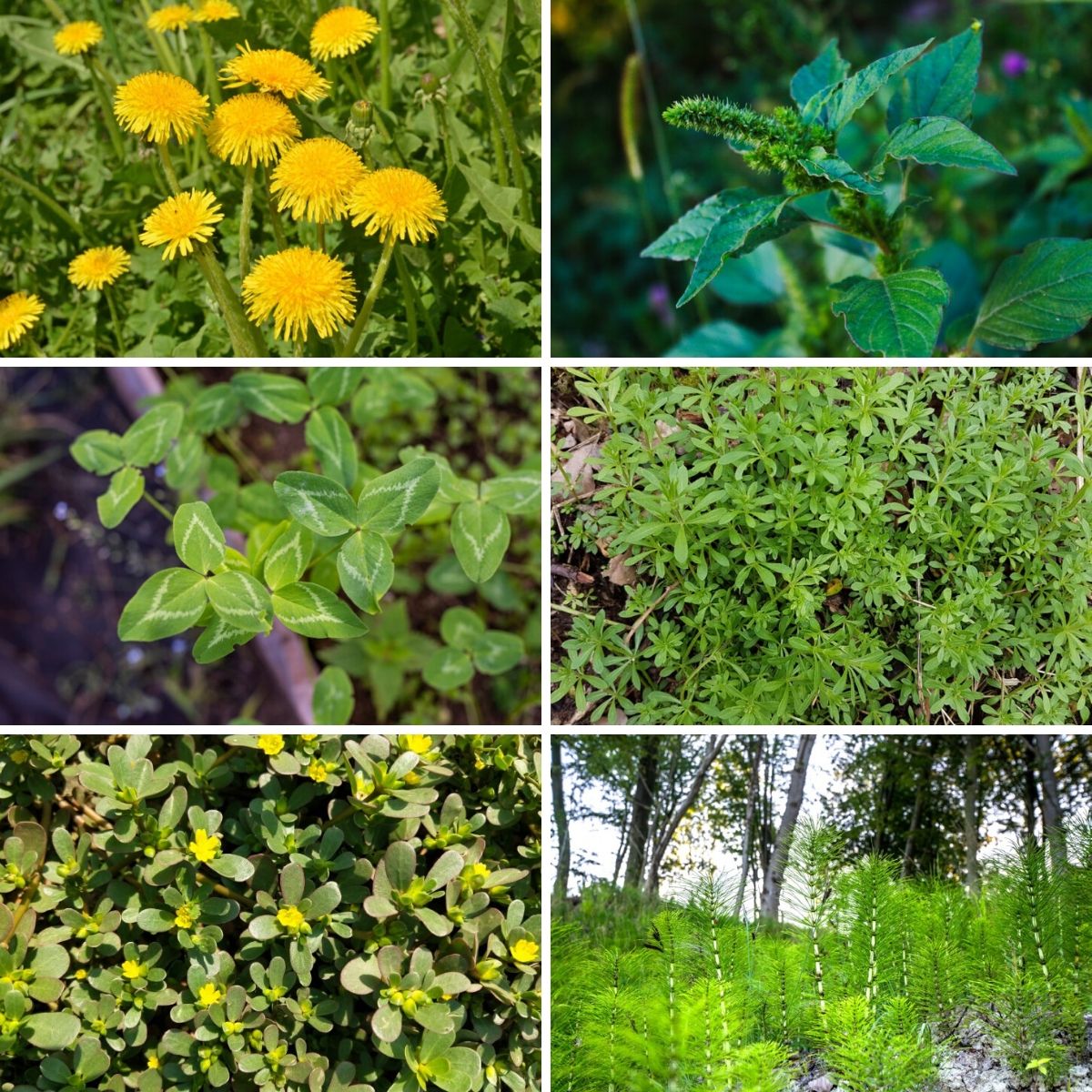
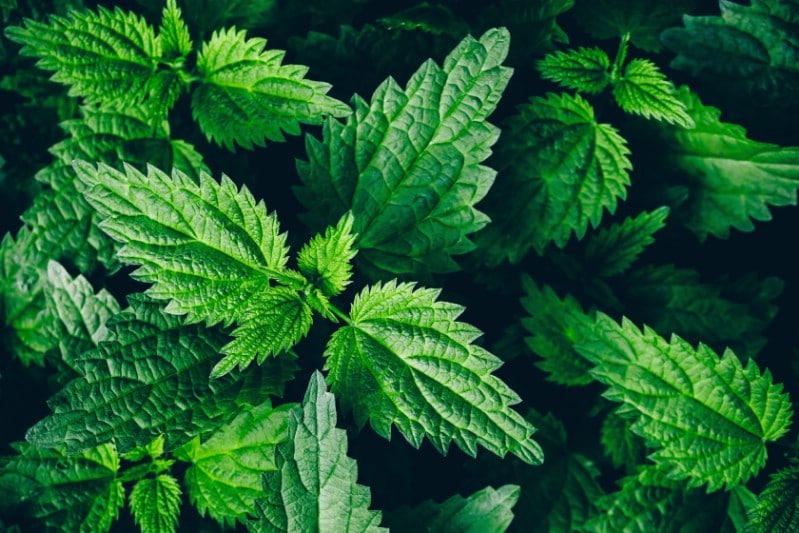
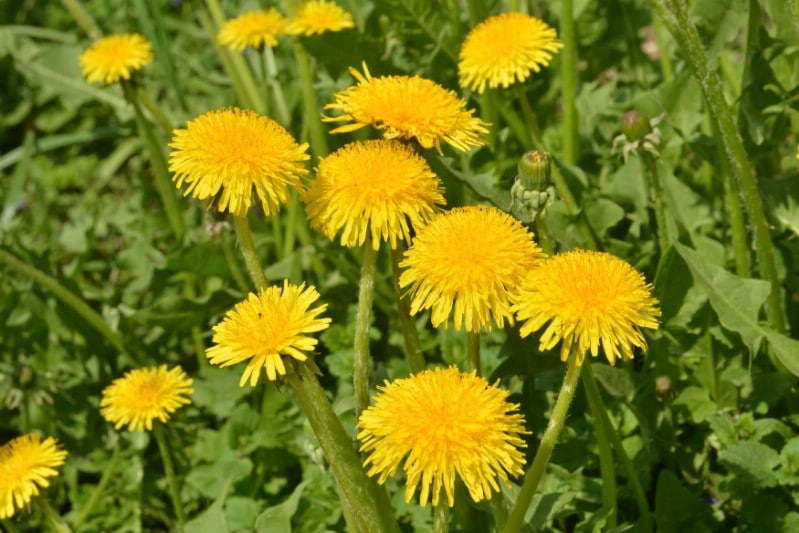
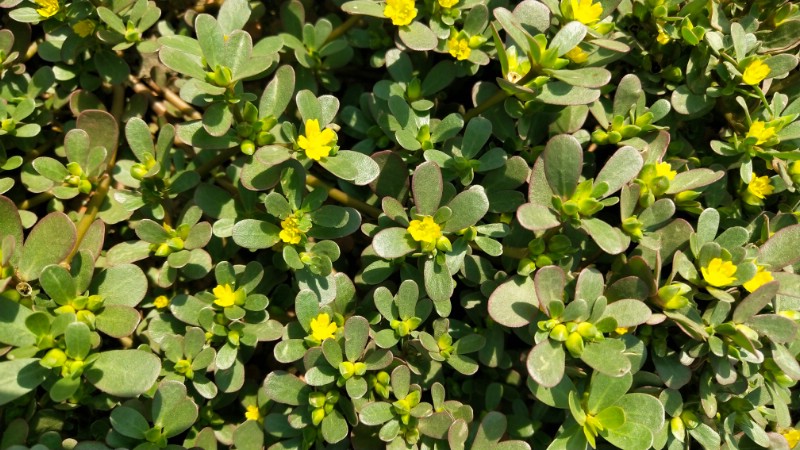
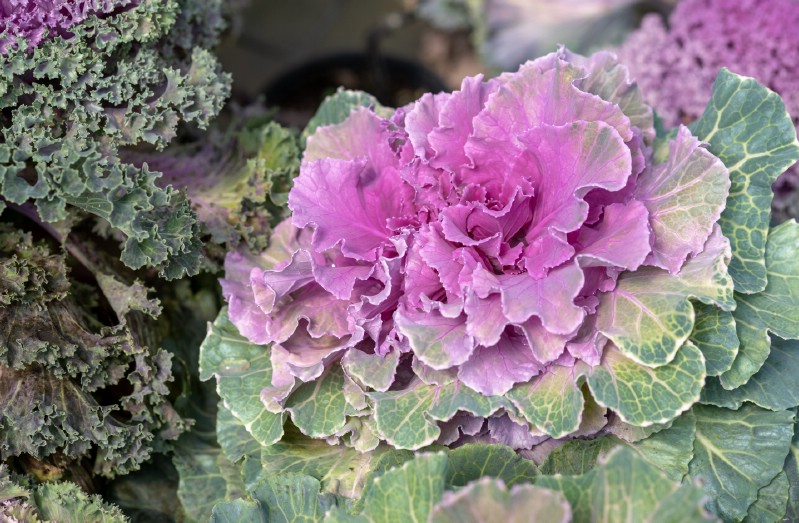
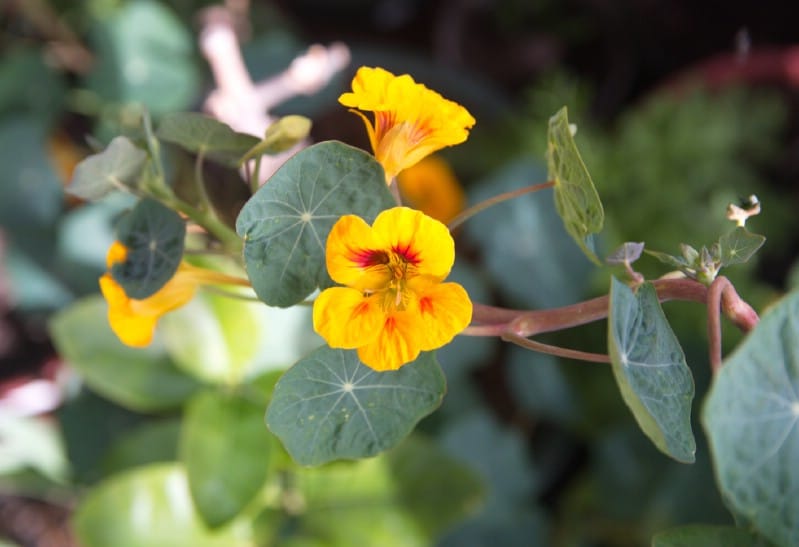
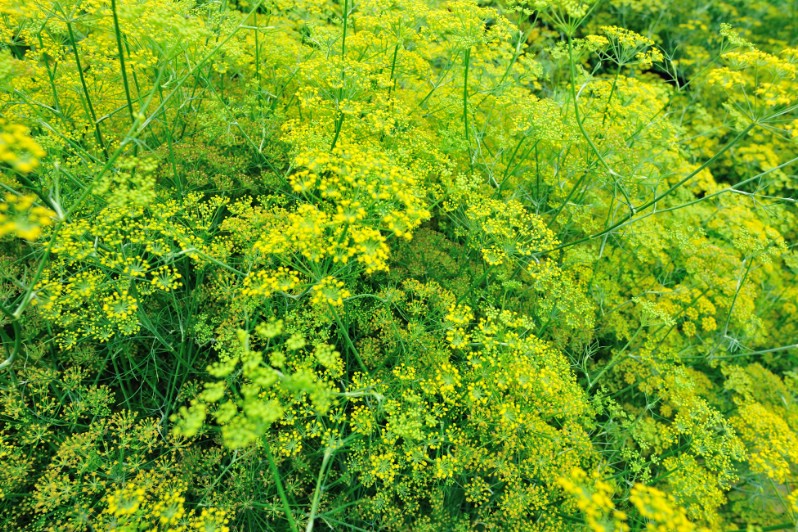
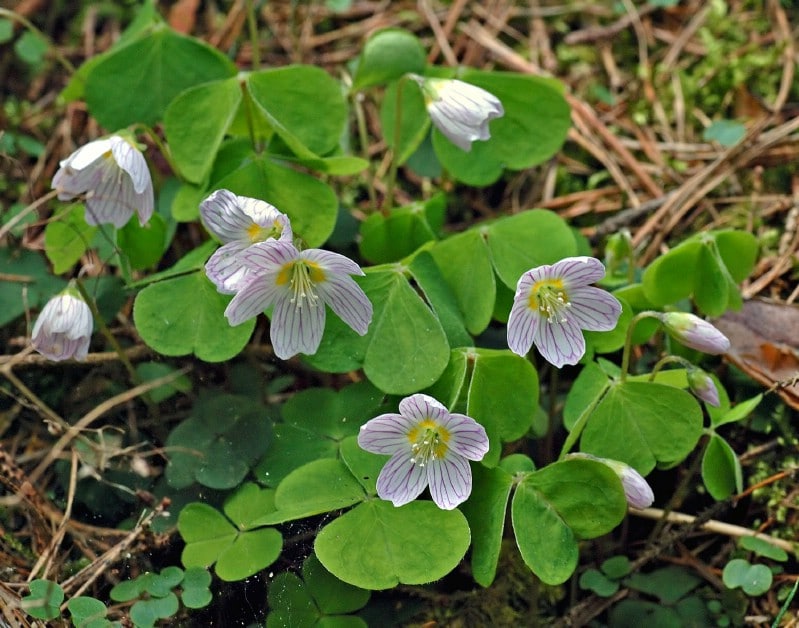
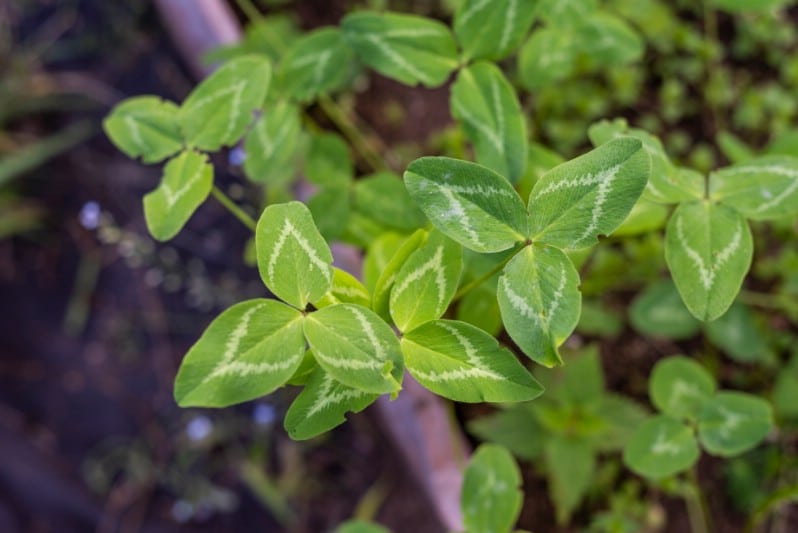

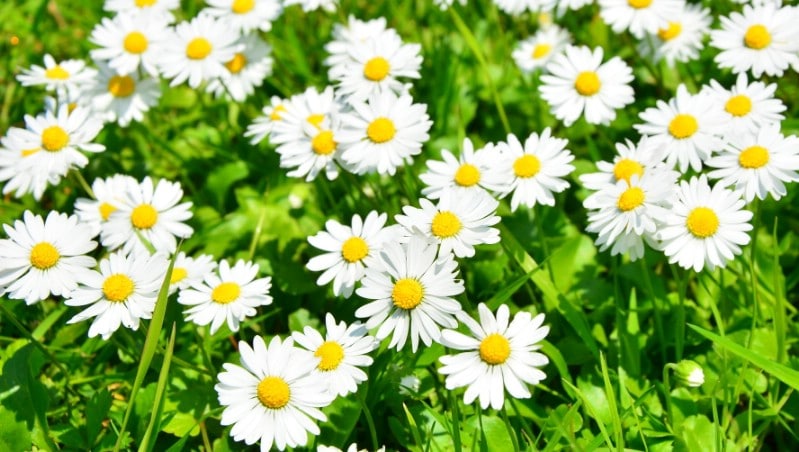
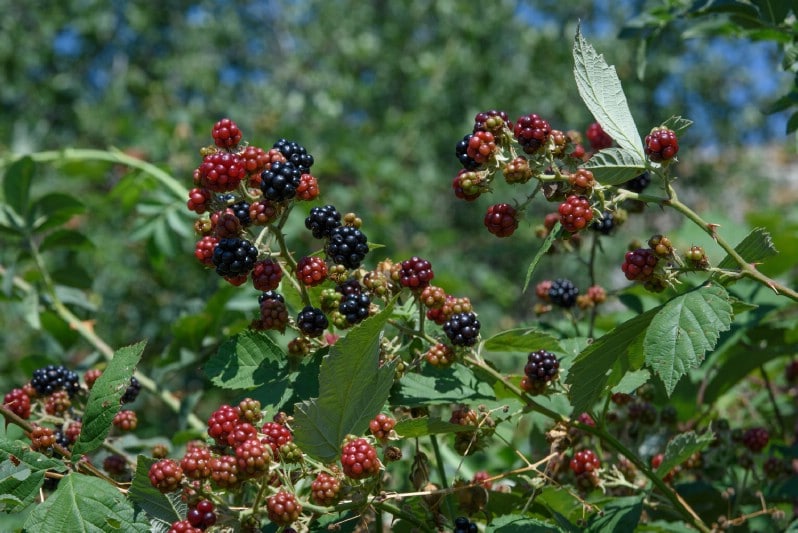
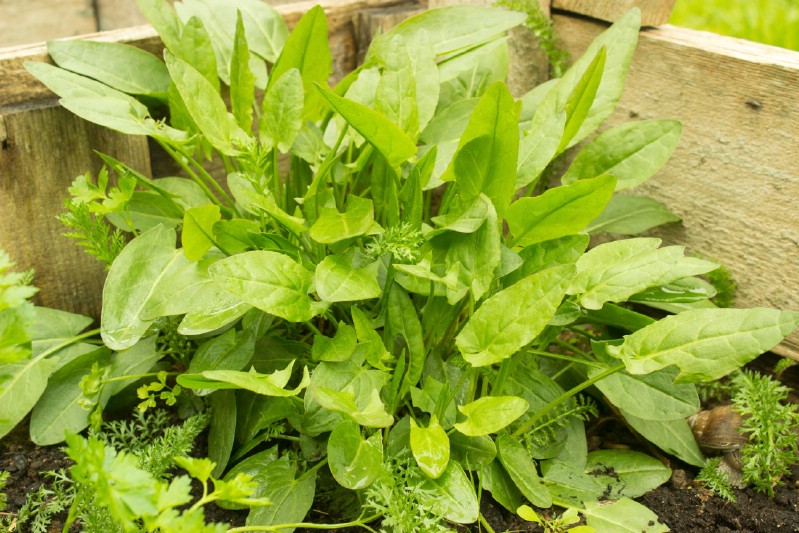
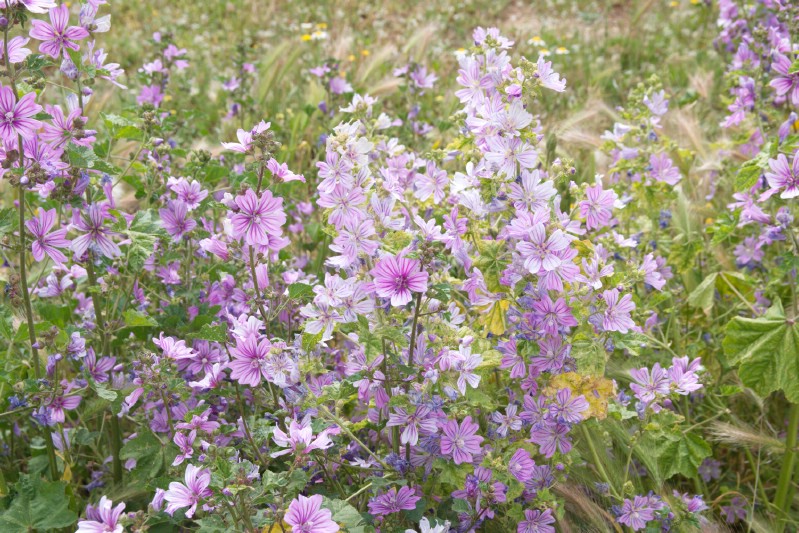
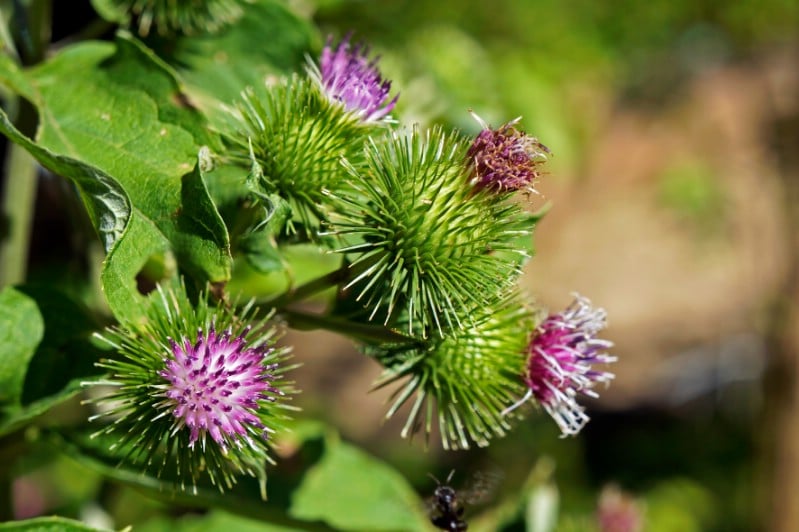
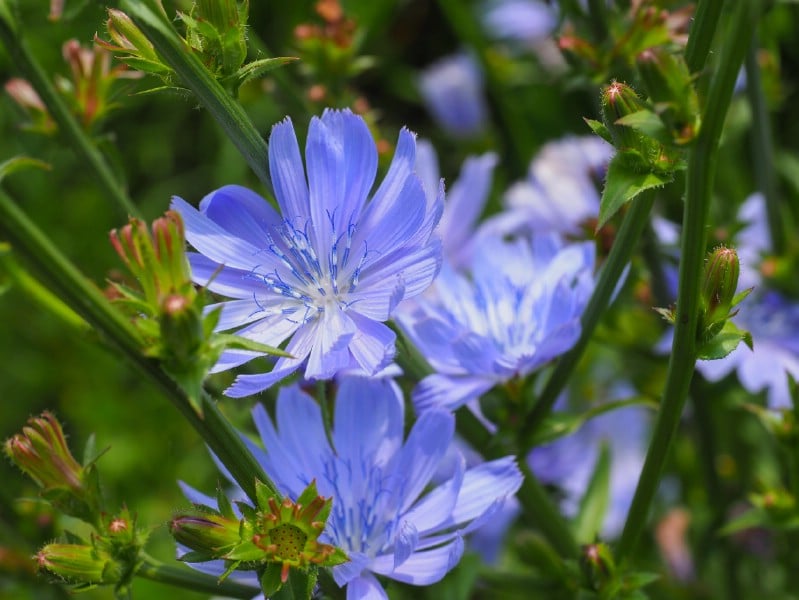
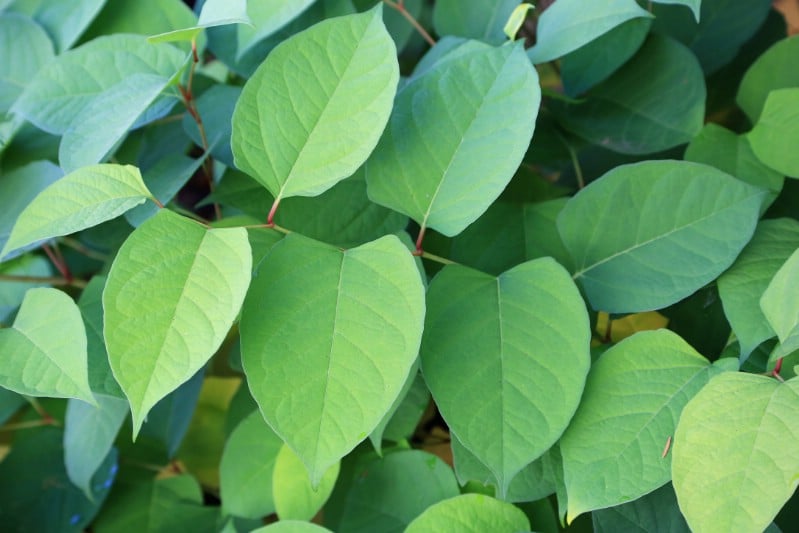
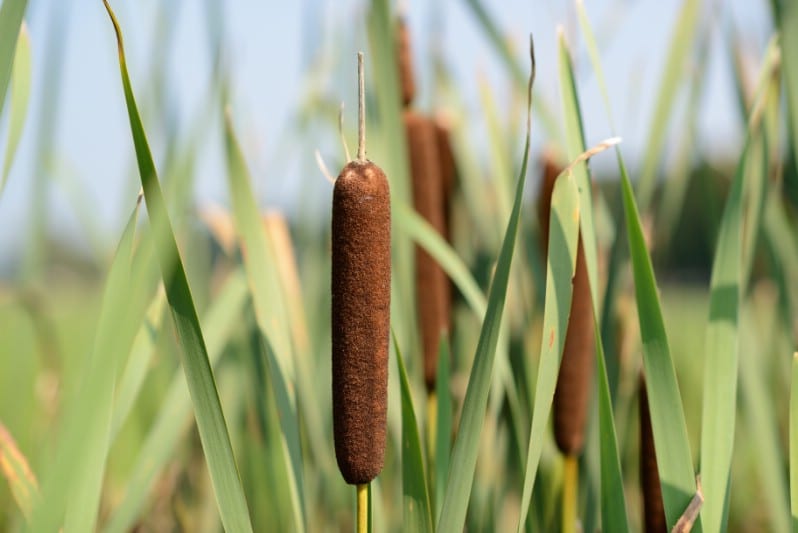
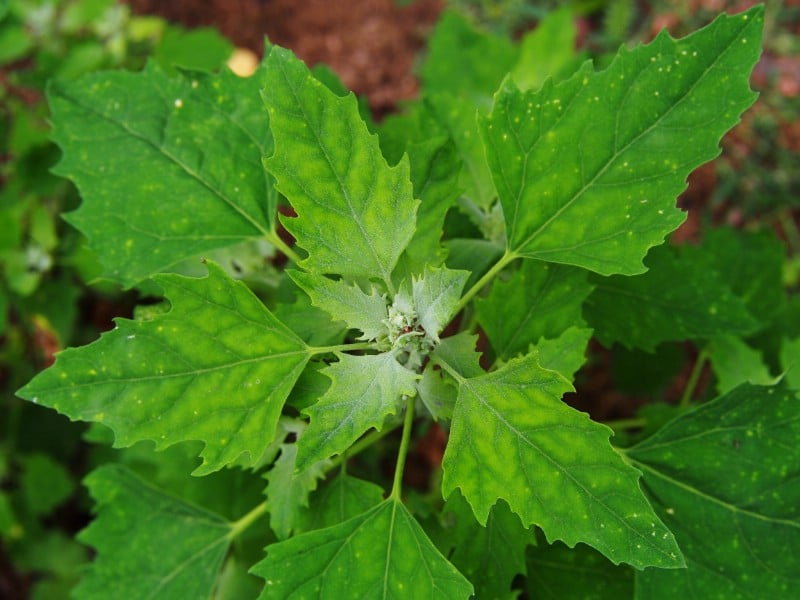
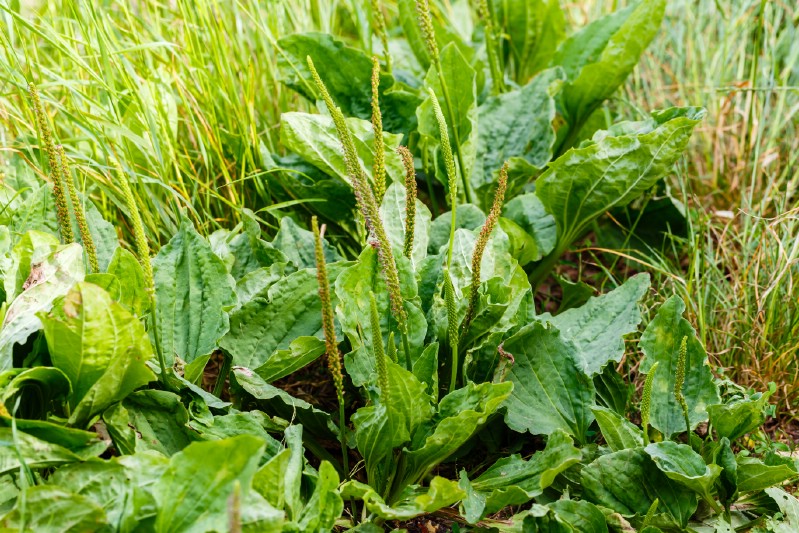
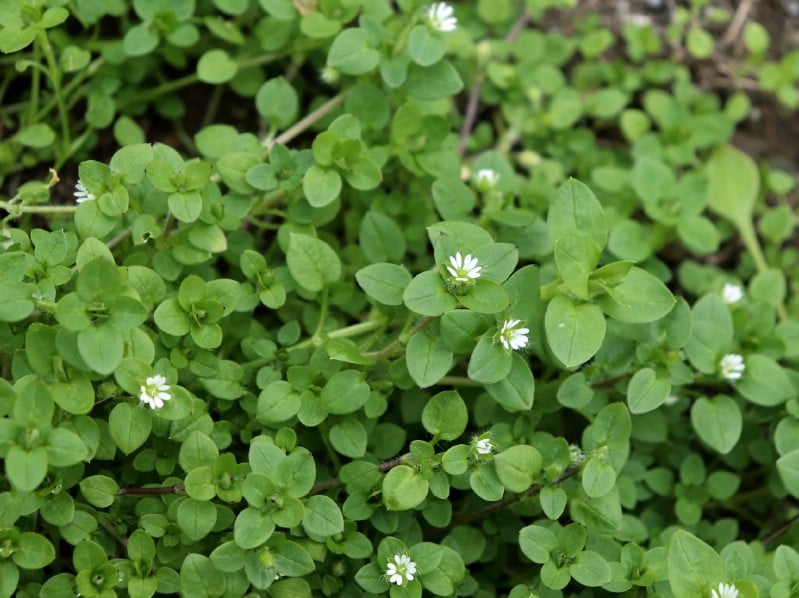
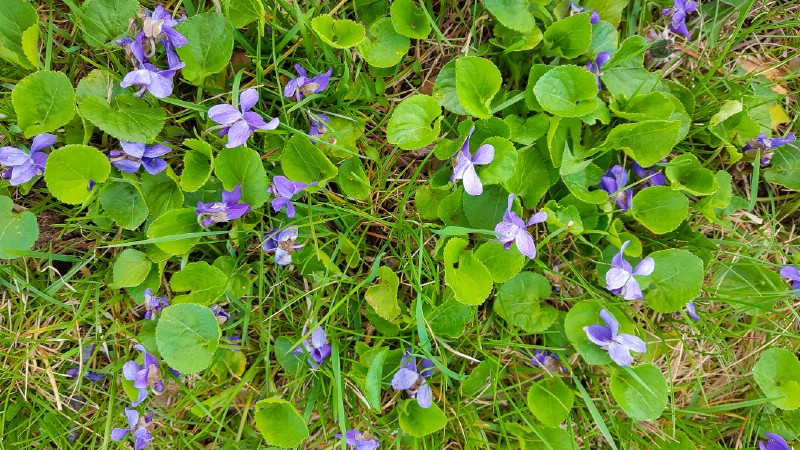
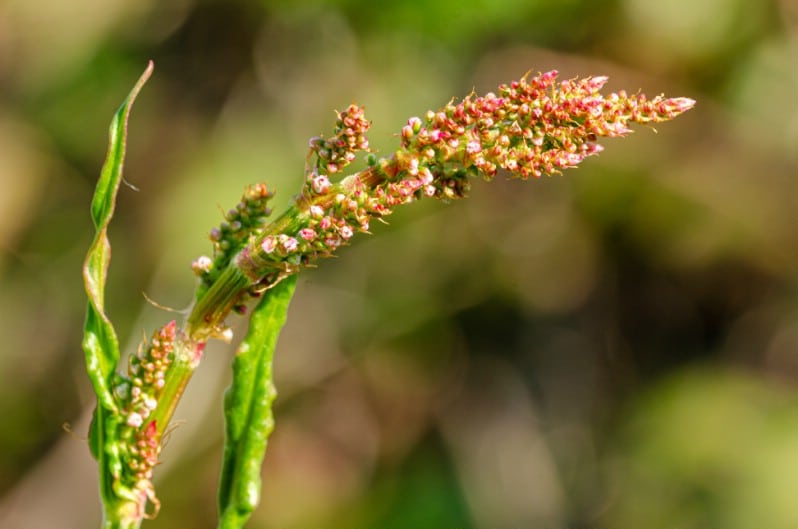
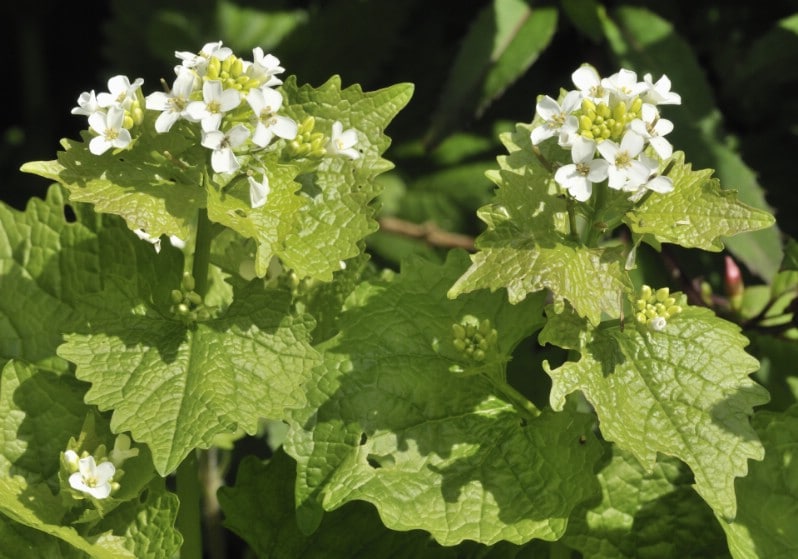
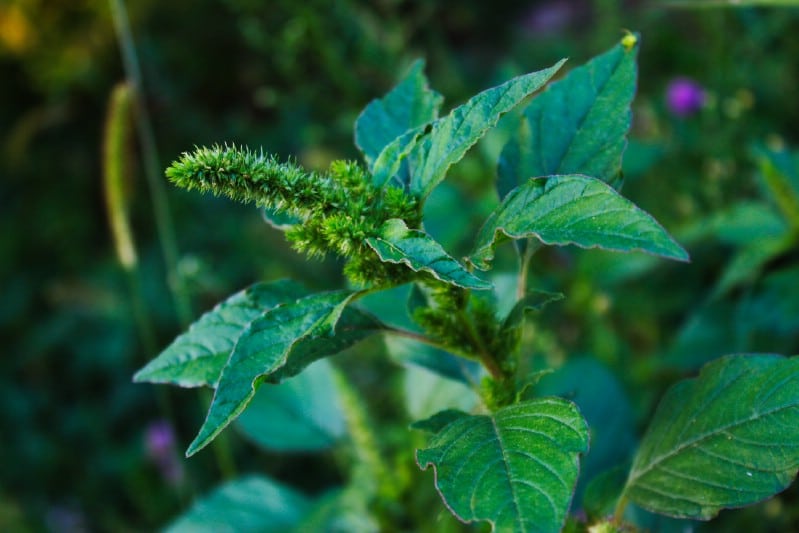
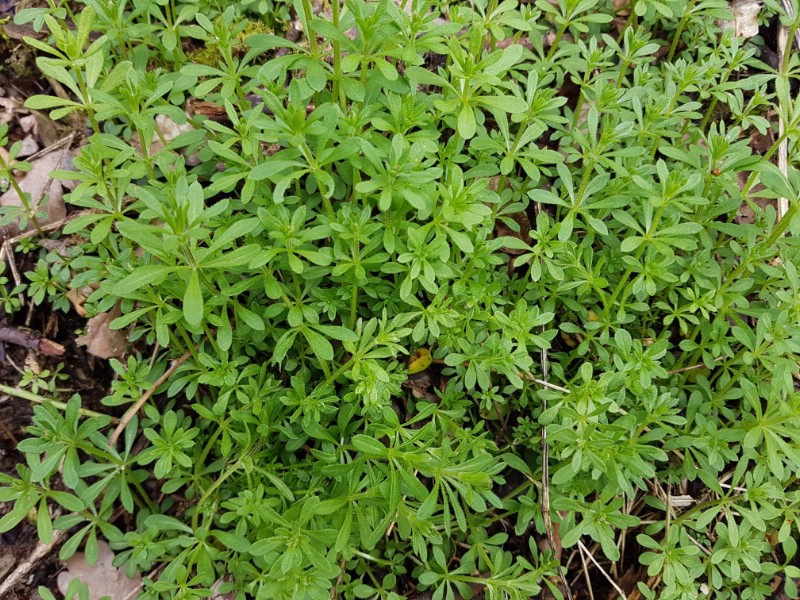
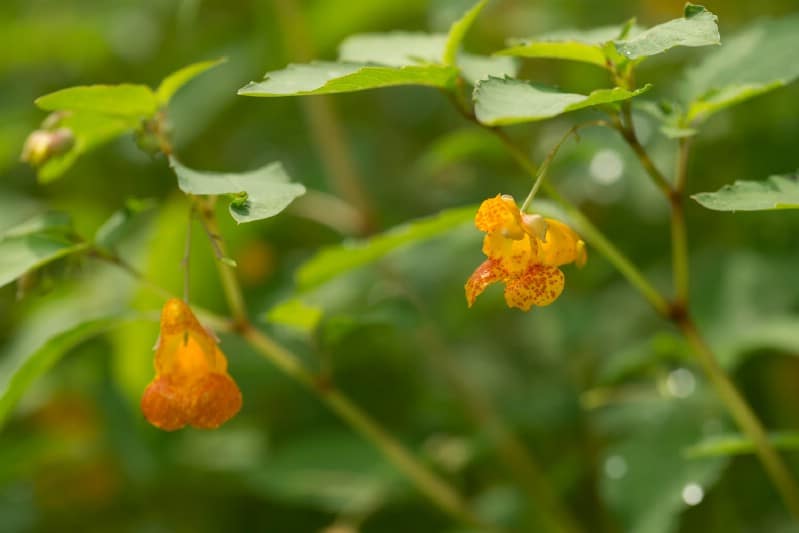
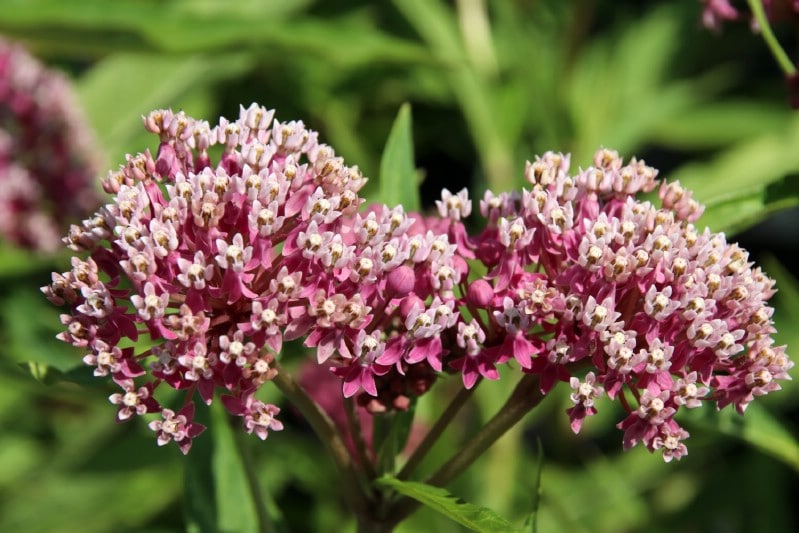
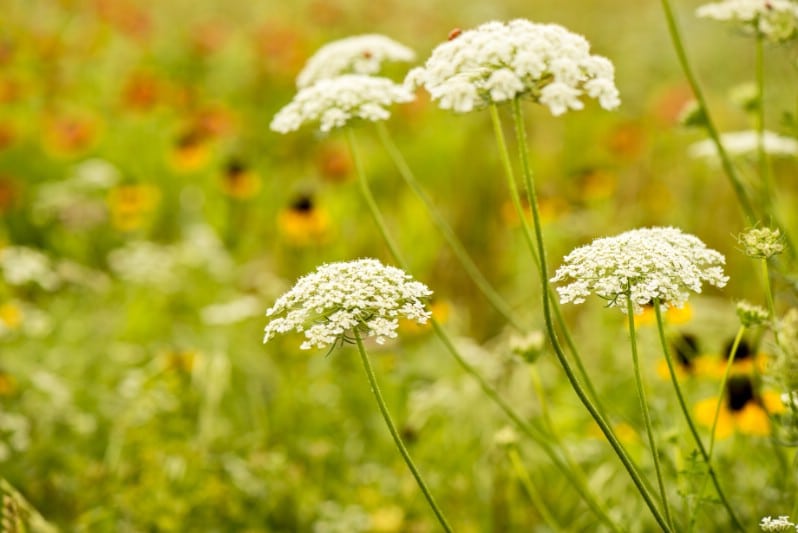
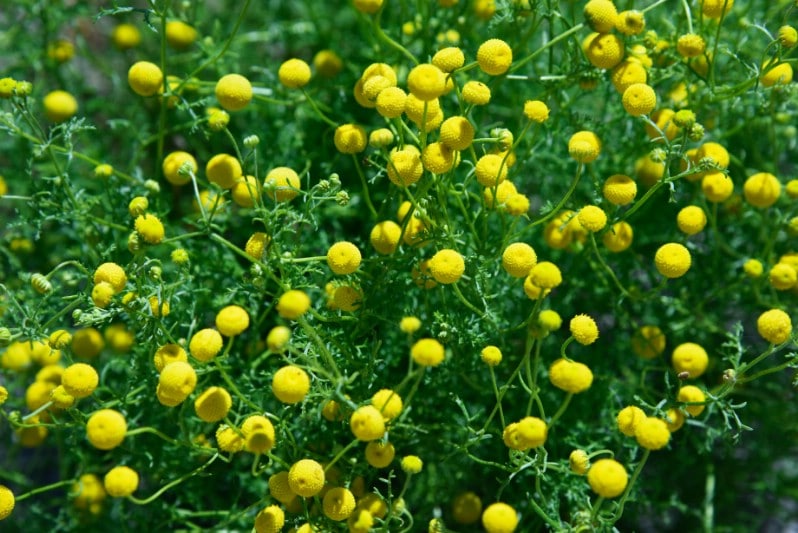
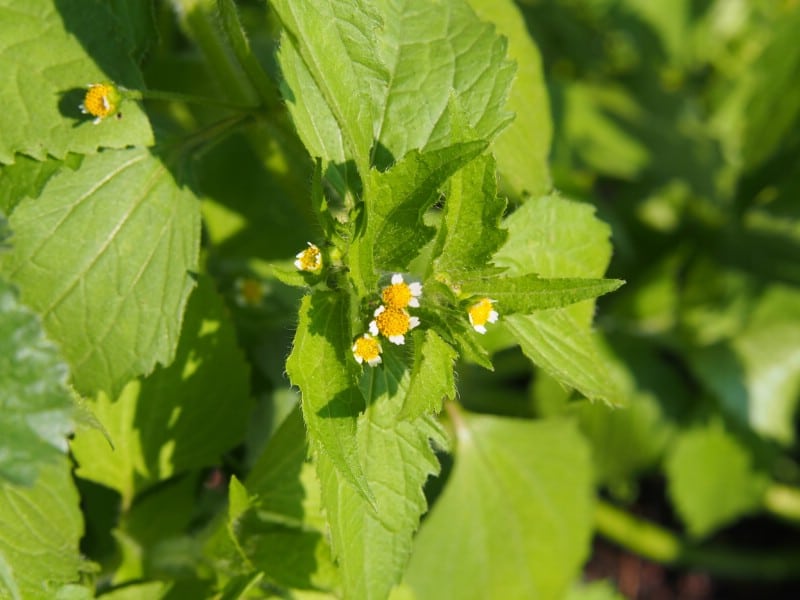
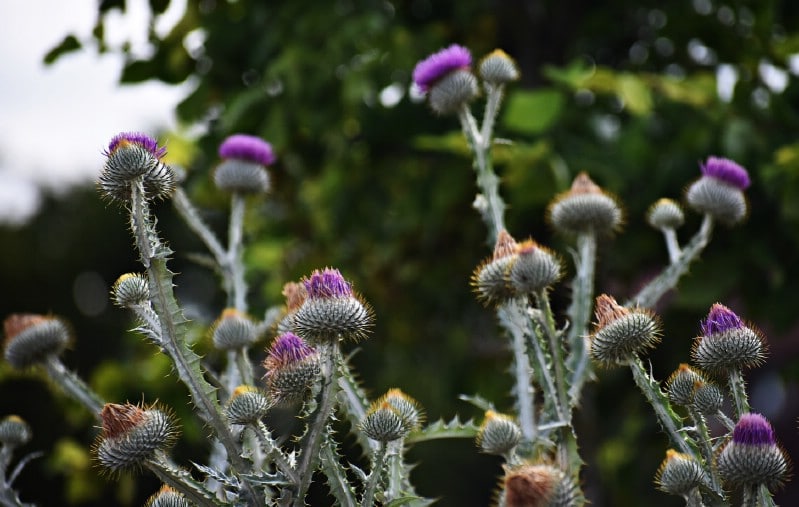
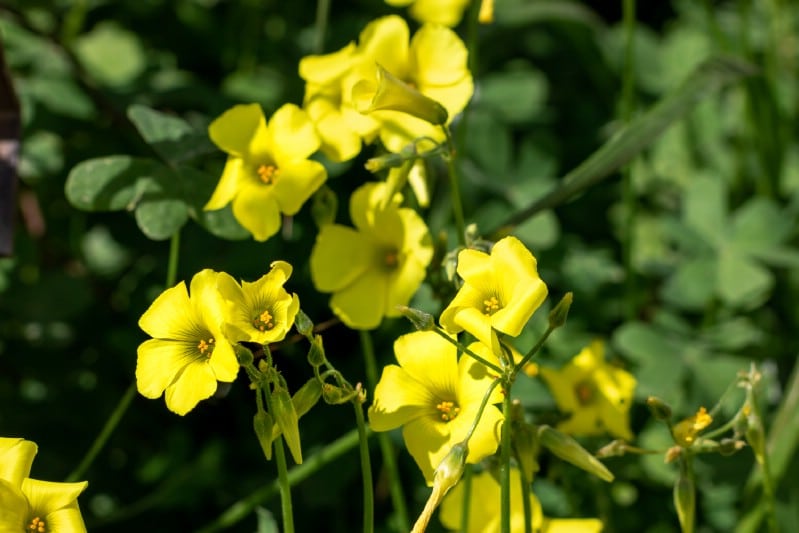
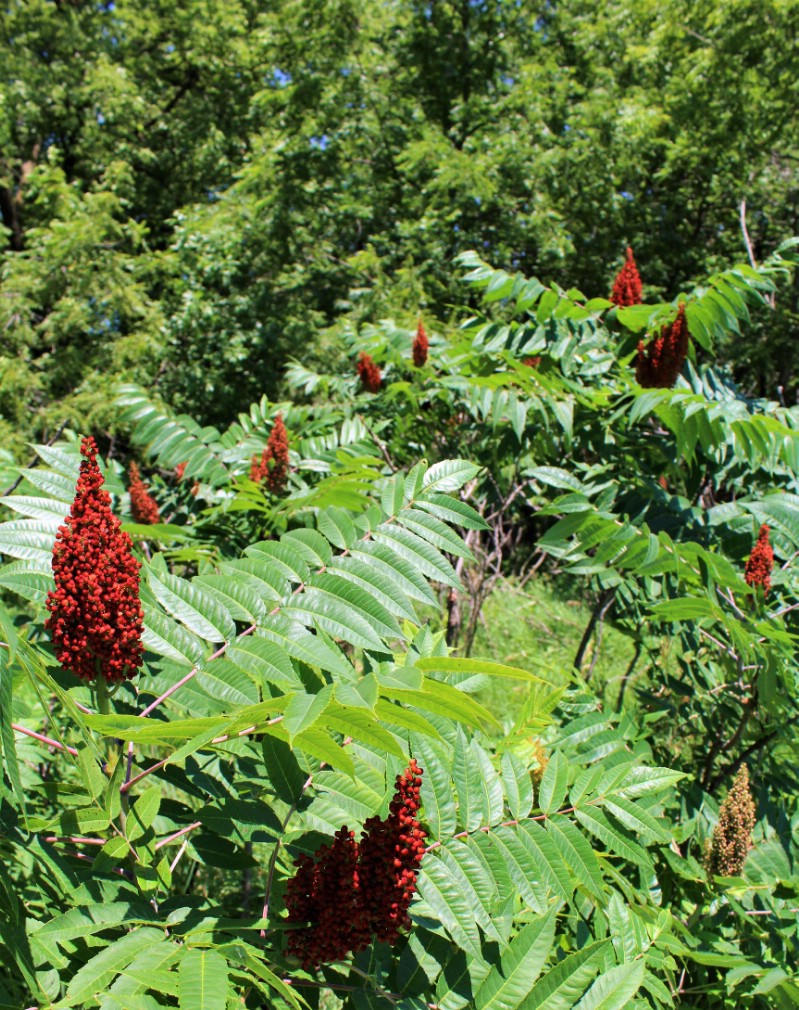
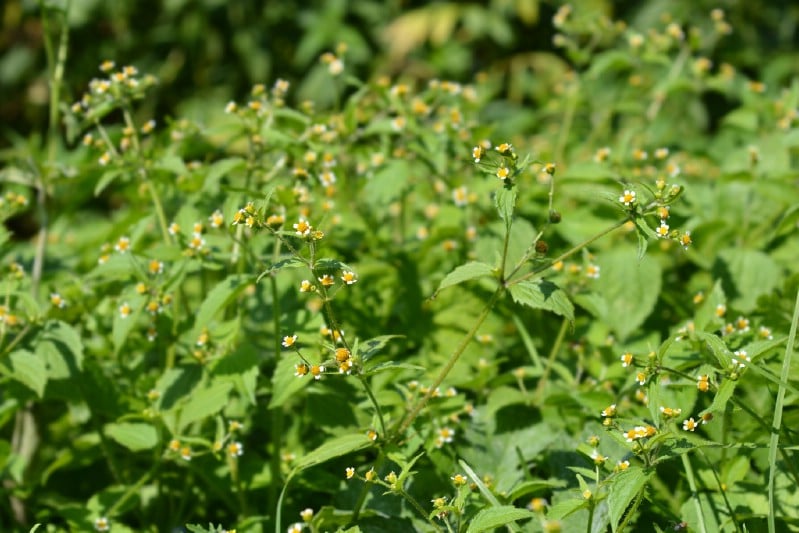
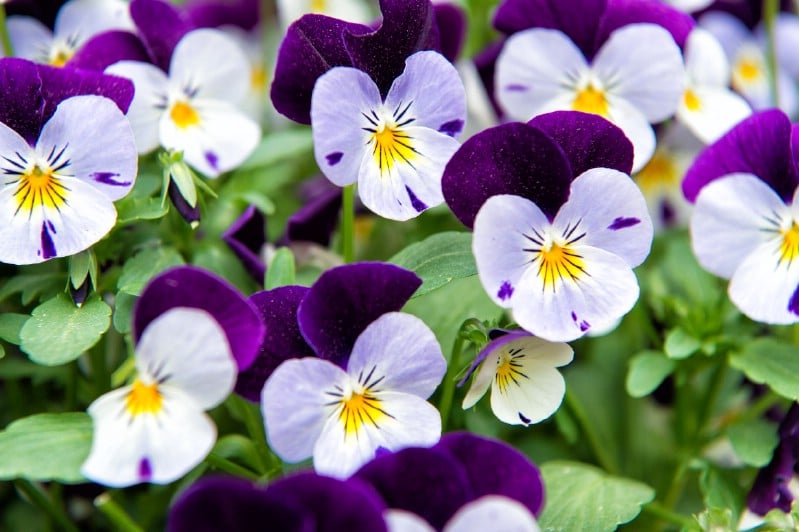
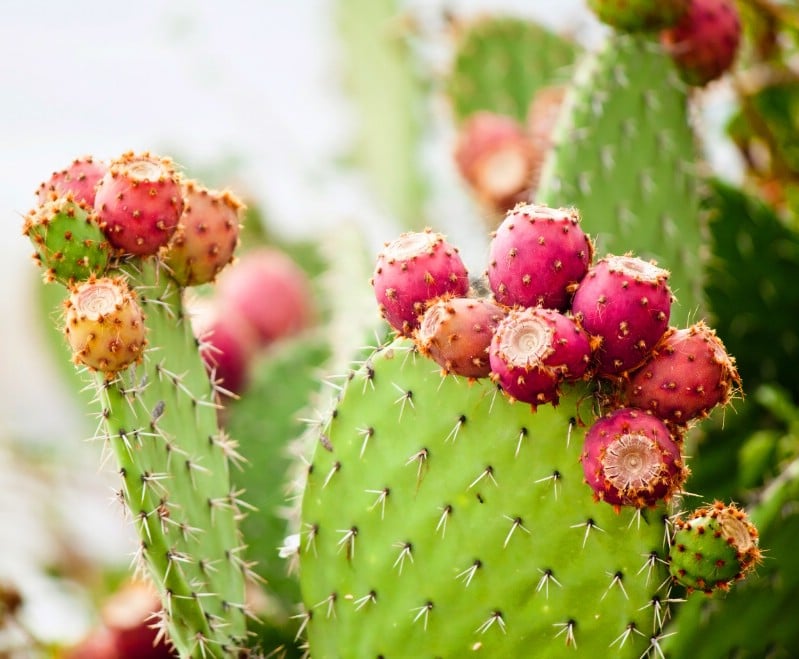
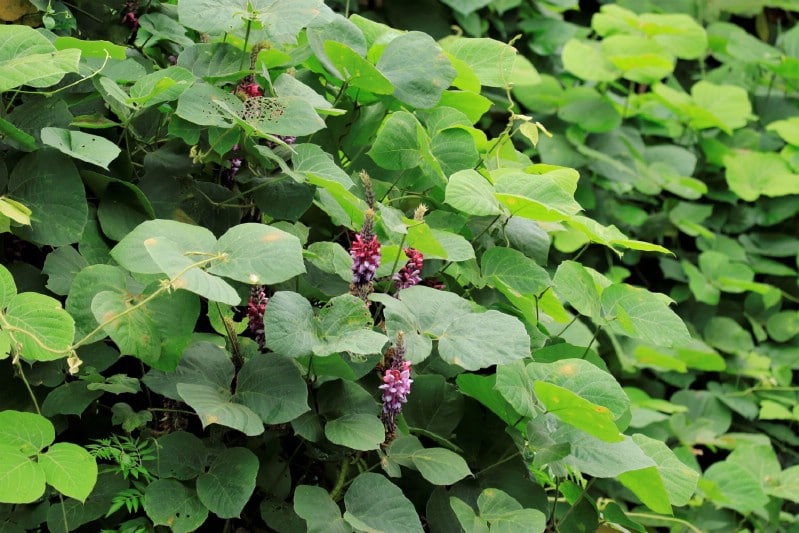
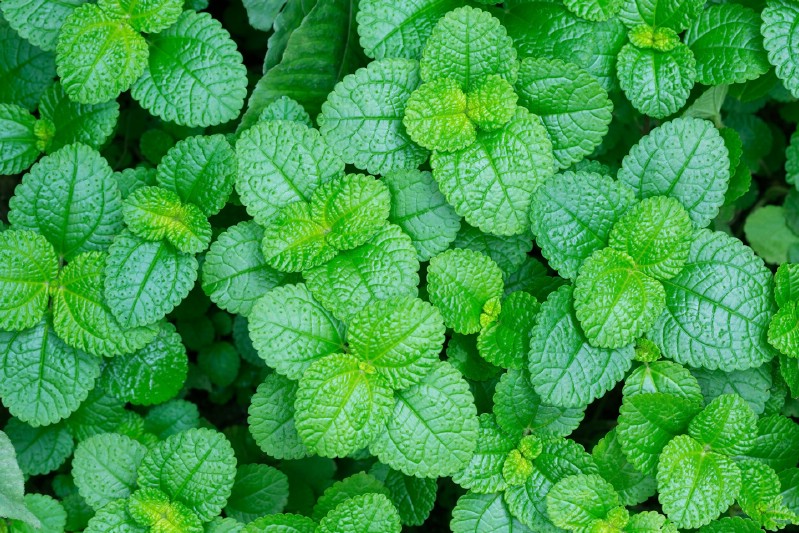
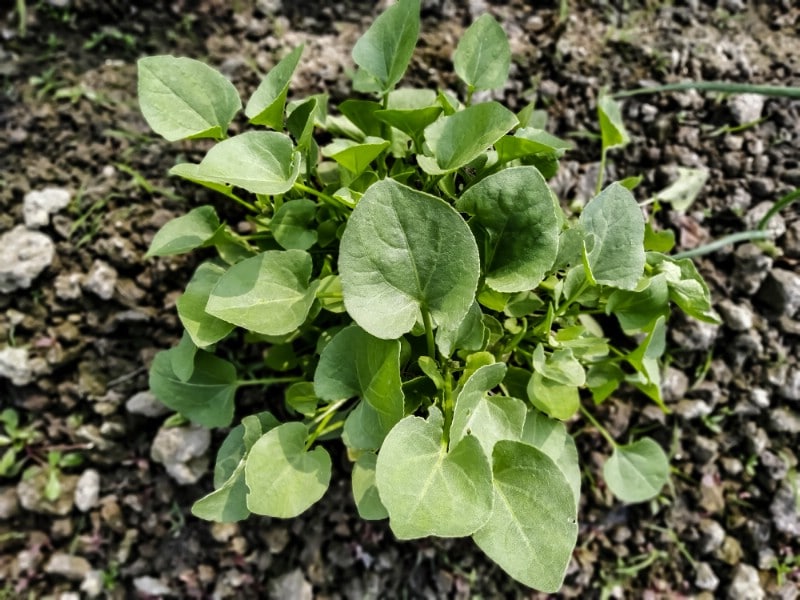
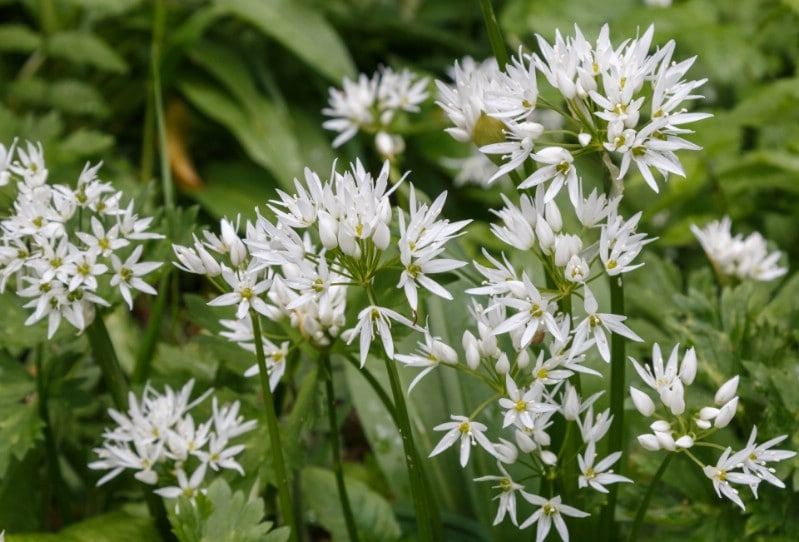
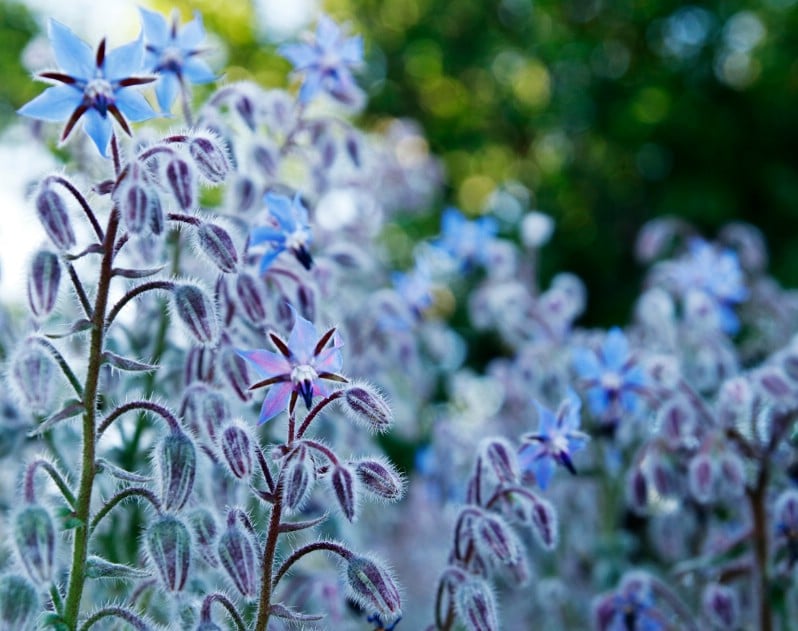
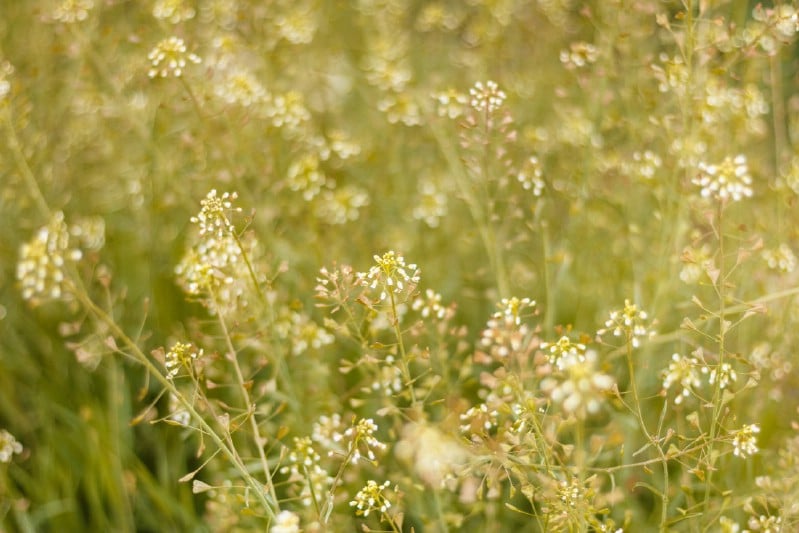
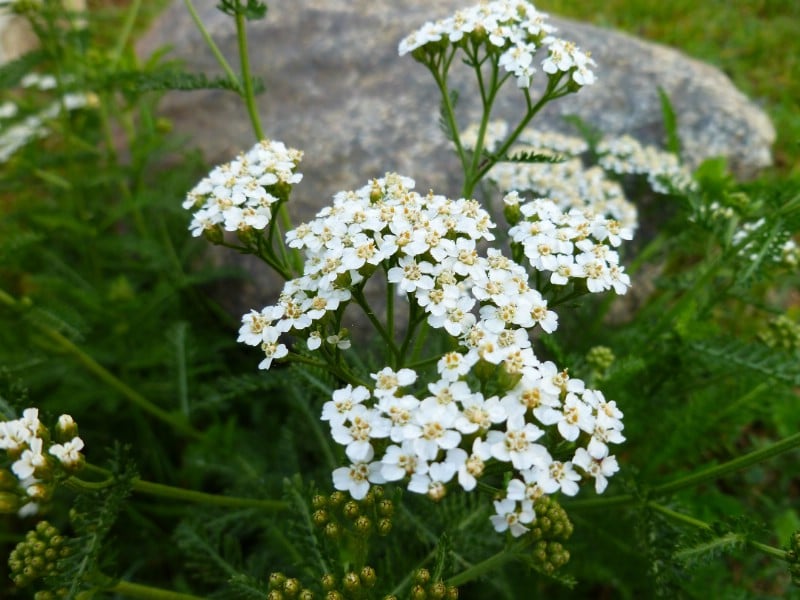
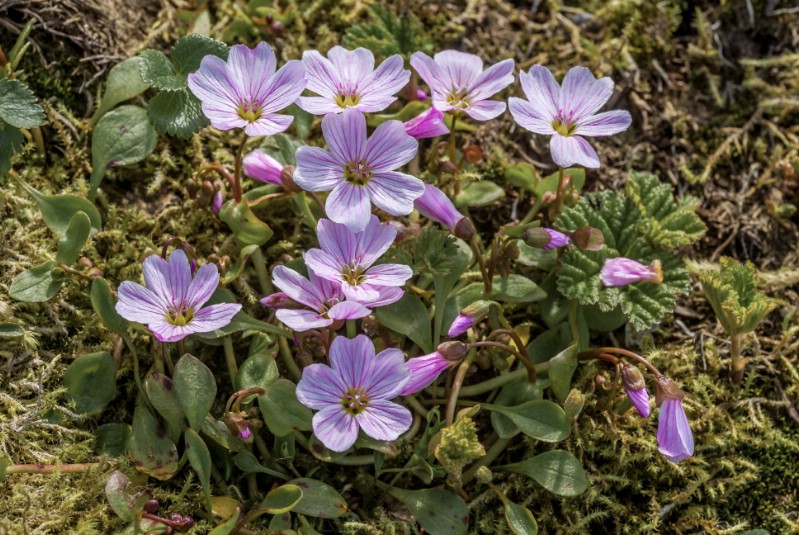
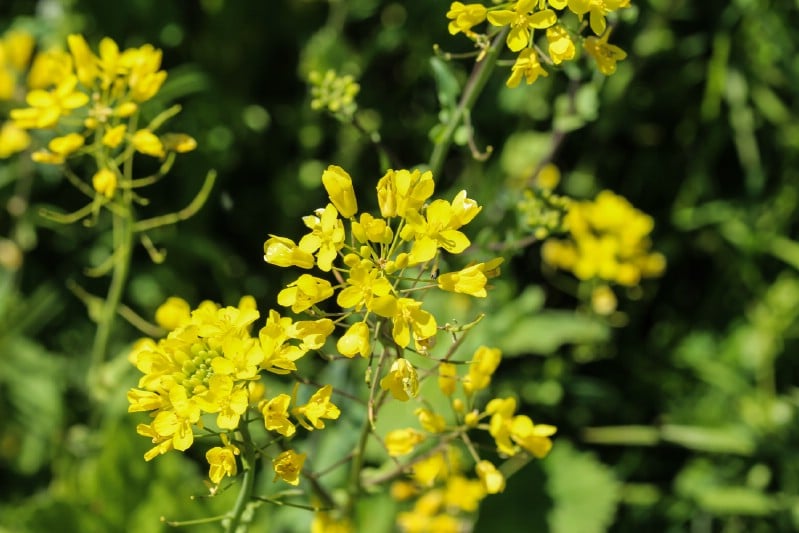
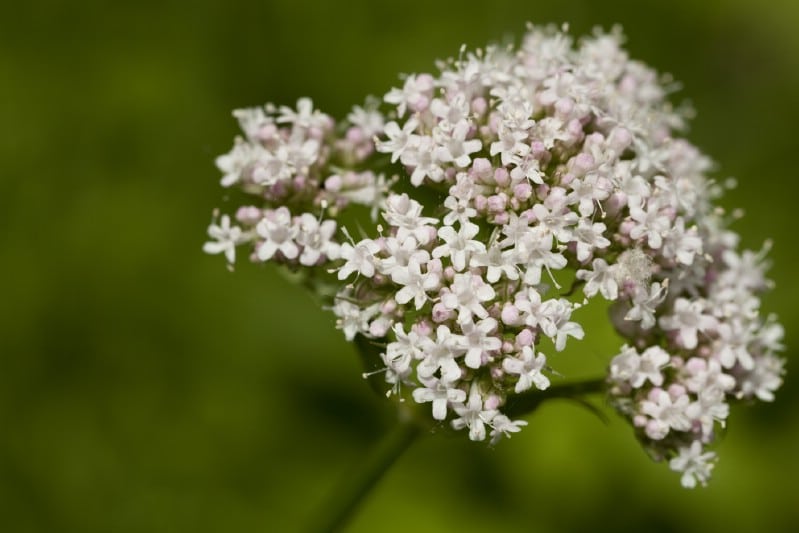
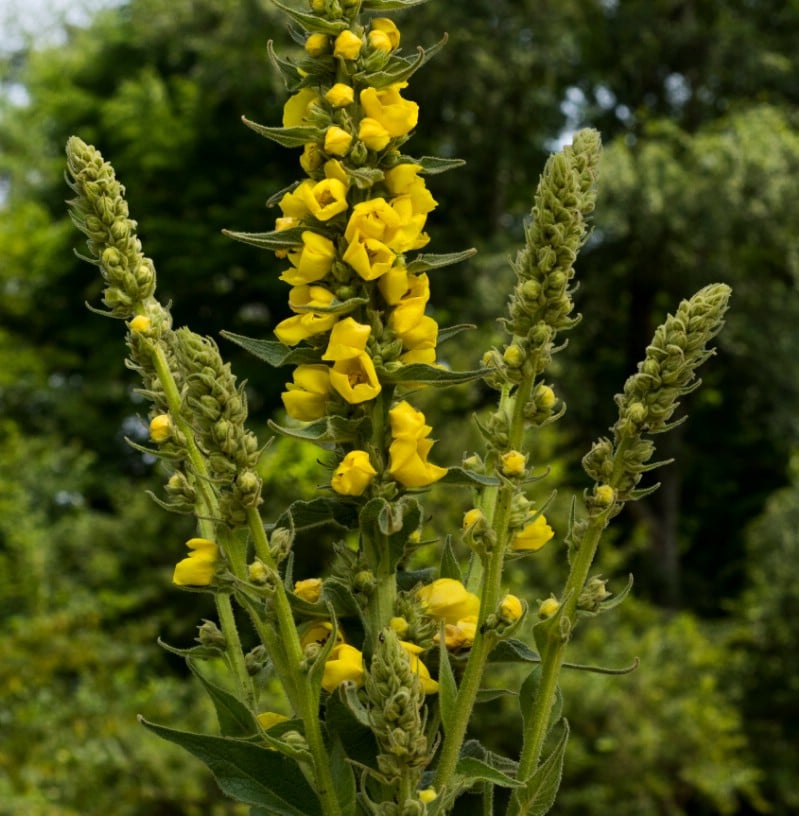
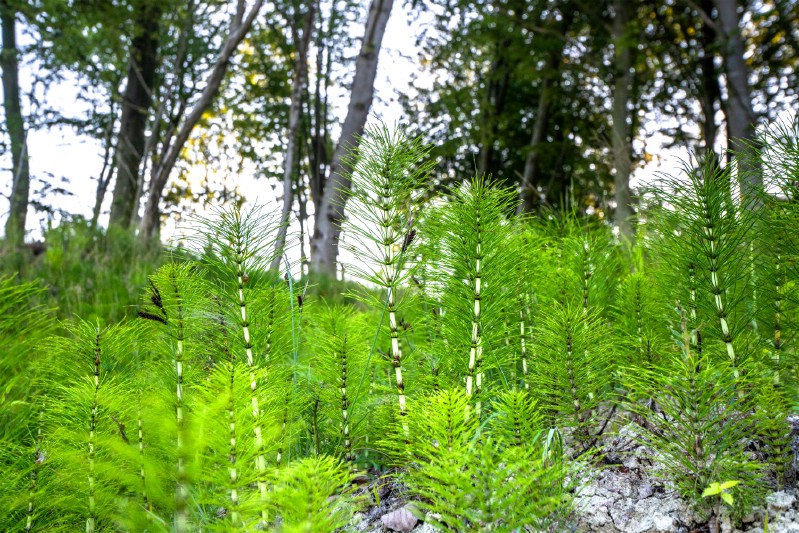
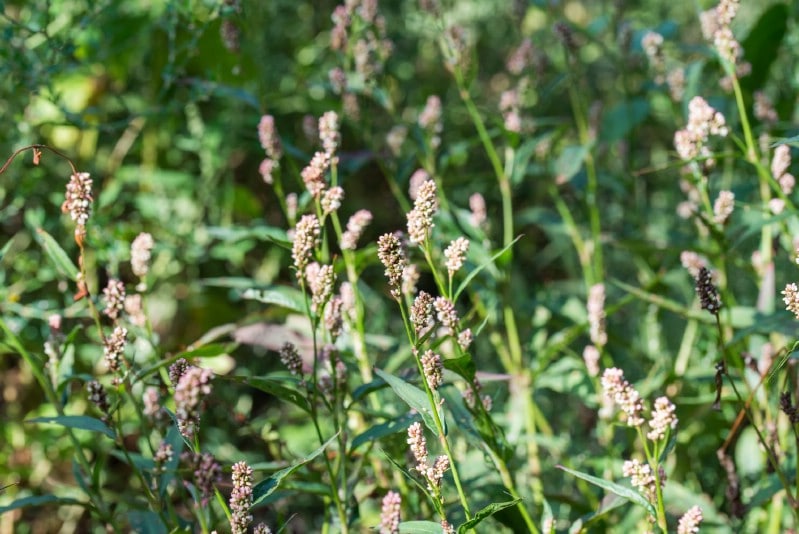
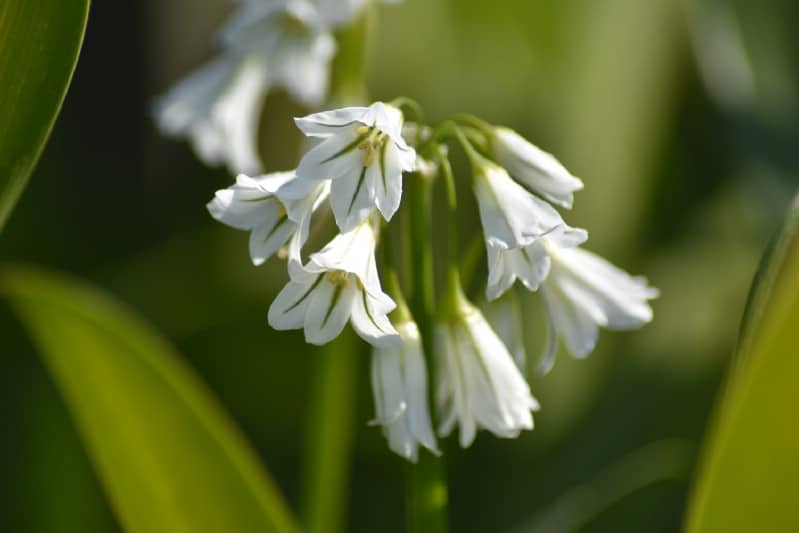




Leave a Reply